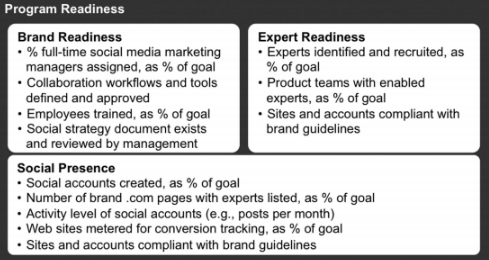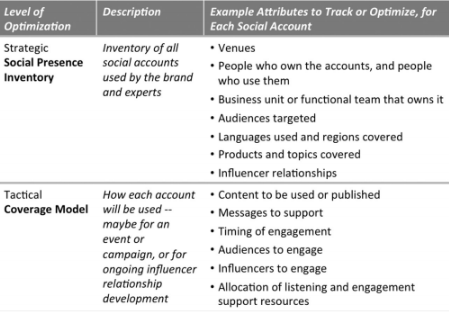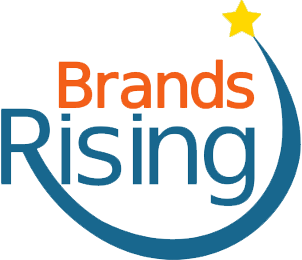Empowering employees in social media is a significant program to undertake and to deliver. Your organization must invest time, money, and significant effort. Therefore, it will be important to ensure that you demonstrate progress. In addition, you must vigilantly watch for any sign that the program requires adjustments along the way. Simply stated, you need metrics and reports that tell you how your program is progressing. This section explains the metrics you should use to assess and optimize your program over its duration through four groups of metrics.
Readiness
Program readiness is the extent to which your overall program team is prepared to achieve the goals you will pursue. This includes everyone who will contribute to the effort. Not only your employees. For most brands, you need to think about measuring readiness in three areas:
- Brand Readiness: Are the people and processes within your organization ready?
- Employee Readiness: Are your employees identified, on board, trained, and equipped?
- Partner Readiness: Are your external partners ready to support your efforts?

Brand Readiness
So let’s dive in to the details. When deciding whether your internal organization is prepared to move forward, the following questions can help:
- Do you have sponsorship and funding from executives who will be able to properly support the program?
- Do you have a plan for getting all of the needed people properly on board with your program?
- Do you have a plan for measuring the program and your employees?
- How will you reward employees and other program participants?
Employee Readiness
When deciding whether your employees are ready to launch, the following questions can help you make the right assessments and decisions:
- Do you have the right employees identified?
- Have the employees been recruited into the program?
- Are the employees’ managers supportive?
- Are the employees trained?
- Have the employees been equipped with the tools they will need?
- Do the employees have an established degree of influence that you will establish goals to increase?
- Have you evaluated the reach of each employee’s network? What is the employee’s connectivity to influencers?
Partner Readiness
Many brands use the following types of partners to help design, build, and operate their social empowerment program.
- Agencies: These can include your PR agency, which helps track and maintain relationships with some online influencers, typically journalists. You’ll need to determine how they participate in influencer identification and relationship management. This can also include creative agencies, which may design or produce content that your employees will publish. You should determine how you will coordinate content development, improvement, and amplification between your creative agency and your employees.
- Consultancies: Consultancies are often used to help define the overall program, to plan the road map of internal capabilities required to operate the program, and maybe even to provide support activities. They may also help you build the business case, implement required technologies, and implement required business processes, such as content management and internal collaboration. More and more, agencies and consultancies both provide social media monitoring and performance measurement, so you will need to determine who will actually produce your performance metrics and reports.
- Channel partners: You might consider including employees from your channel partners in your social empowerment program. They may have additional relationships or resources that help you achieve more than you would on your own. In such cases, measuring their readiness is similar to measuring your own brand readiness and employee readiness.
Social Presence
Social presence is measured at two levels, as shown in Figure 5.10 here:

First, you should have an inventory of all of the social accounts that your brand uses and all of the accounts used by your employees. You’ll want to understand how each differs and how they relate to each other. For example:
- Which languages do they use?
- Which locations or global regions do they cover?
- Which products, topics, or domains do they discuss?
- Which venues do they use?
- Who owns them, and what are the business goals for each account?
- Who follows them, engages with them, and shares their content?
Having this list will help you to understand all of the accounts that you could potentially use in your program or to support brand goals. You should update this list at least every three months. Ideally, you should implement a process that lets your teammates add new accounts whenever they are created and remove them whenever the account is retired or when an employee leaves your company.
Then you’ll need to consider the coverage model. Whenever you use any mixture of brand- and employee-owned accounts, you’ll want to determine how best to use each account, as a portfolio. You should clearly define how each account will participate to ensure that you use all of them together in the best possible way.
In my book, The Most Powerful Brand on Earth, you can read examples and exclusive interviews about how these tactics were implemented by global brands. In the meantime, check out the video below to better understand how to make the case for your social advocacy program.
